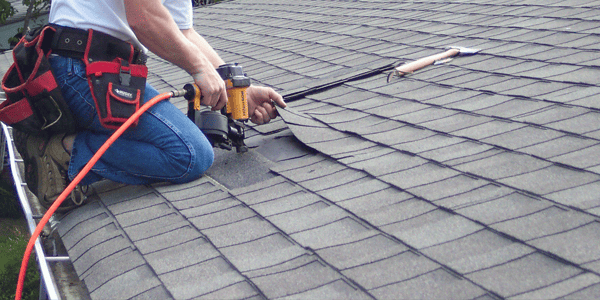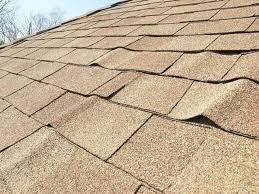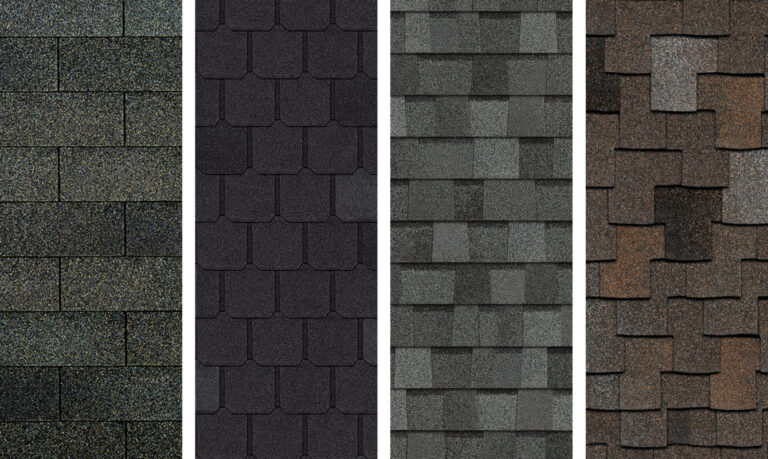If you’ve just learned that you need a new roof, you may not know exactly what it is you’re in for. Put simply, having a new roof installed isn’t exactly a minor renovation. This is because there are many essential parts of a roof, which makes a roof replacement a significant investment.
As a homeowner, it’s a good idea to get to know the basics when it comes to your roofing system. That way, you’ll be able to better comprehend what your local roofing contractor is saying when they explain the process using terminology like “drip edge” or “ice and water shield.”
Below we’ll cover the most basic parts of a roof that every homeowner should become familiar with.
Understanding the Parts of a Roof
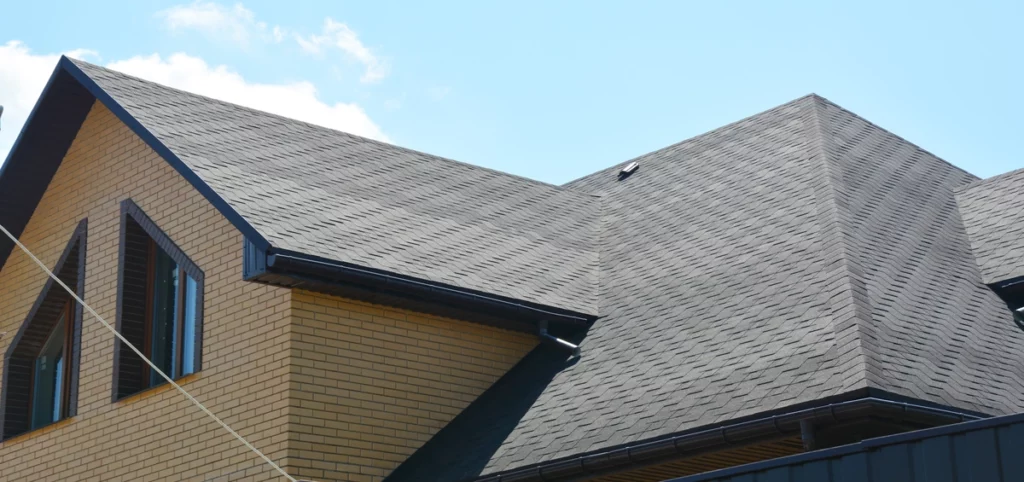
Your roof is the most critical component of your home. It’s what keeps you and your family safe, as well as all of your personal belongings and furnishings. It’s also critical in keeping your home structurally safe, as it protects every other component from harsh UV rays and moisture.
You may be wondering why it’s necessary to learn about your roof when you’re not a licensed roofer yourself. As a homeowner, understanding your roof allows you to:
- Understand how roof damage can affect the rest of your home
- What to look for in terms of roof damage — for example, a draft or water stains on your top floor ceiling
- Discern whether you need a minor repair or total replacement taking certain factors into consideration, such as the extent of potential damage, the age of your roof, etc
- Know what to look for when it comes to choosing the right roofing contractor
- Know when you’re being scammed by a low-level roofer or con artist (it happens more than you think!)
Now, let’s dive into parts of your roof you should understand:
1) Roof Decking
Also known as roof sheathing, roof decking refers to the wooden boards that make up the foundation of your roof. It’s typically made from plywood or planks, but whether or not you need new decking depends entirely on the condition of the existing decking. Of course, the only way to know if you’ll need new roof decking is to tear off your old roof to inspect it.
2) Drip Edge
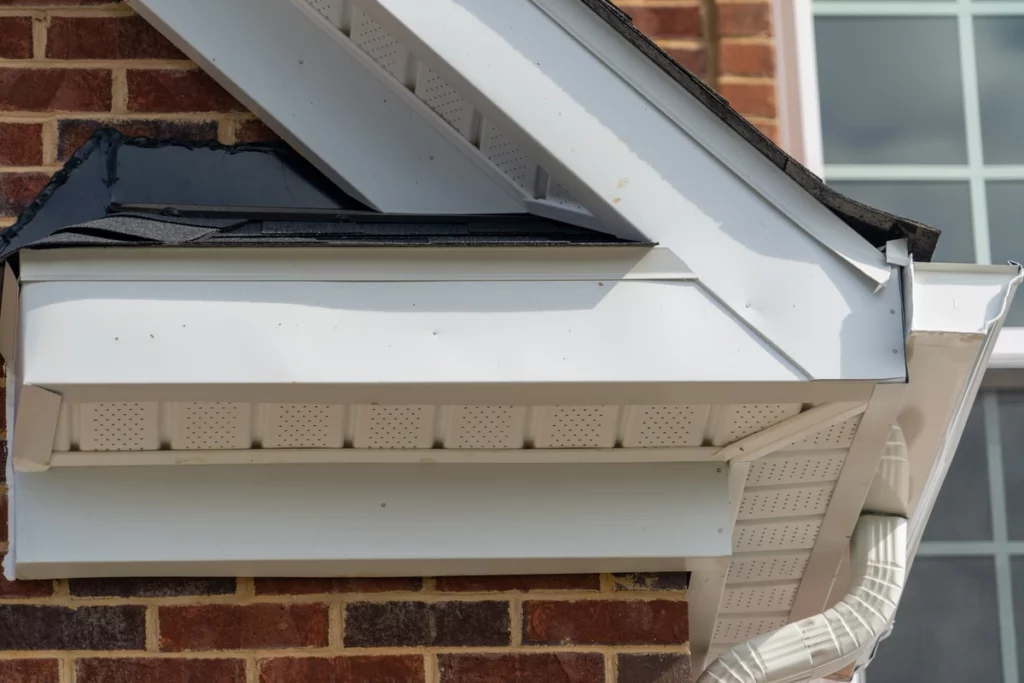
The drip edge is the metal flashing that’s installed at the eaves and rakes of your roof (or, its edges). This component prevents water from getting behind your gutters, which would cause rotting to your fascia board and roof decking.
3) Ice and Water Shield
The ice and water shield is the waterproof membrane that protects your roof decking from ice and water damage. The membrane is installed between the roof deck and shingles but only around certain areas that are vulnerable to moisture seepage — such as roof valleys.
4) Roof Underlayment
Roof underlayment is a felt roofing material (usually 15 lb, 30 lb, or synthetic) that sits between the roof decking and beneath the shingles (but on top of the ice and water shield). The underlayment is the primary defense against water and moisture should the elements get past your shingles.
5) Starter Shingles
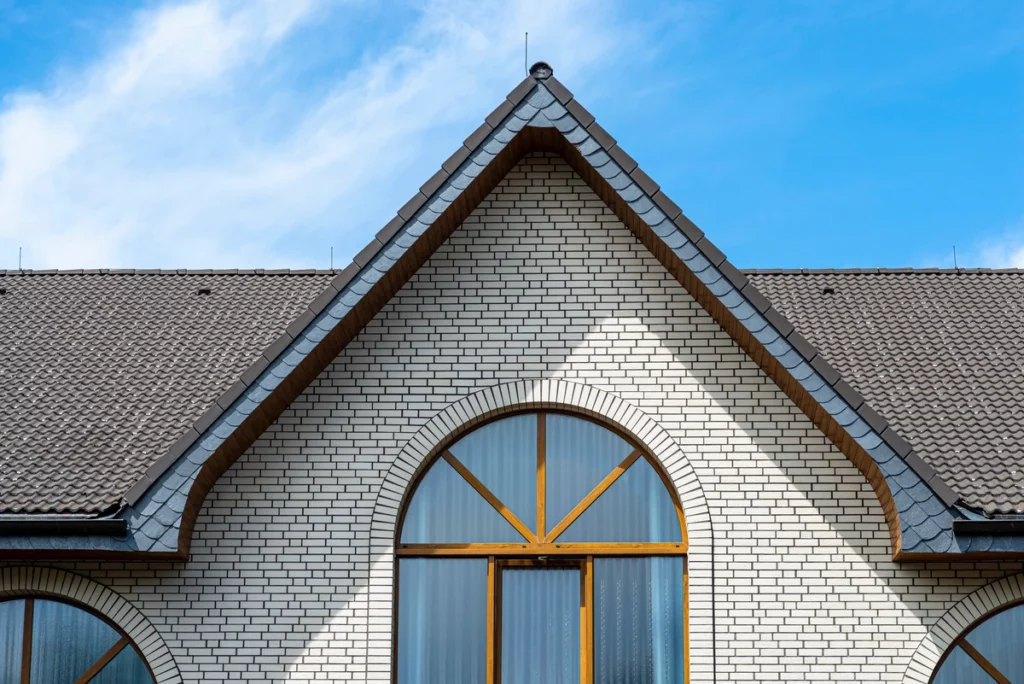
Starter shingles are the pre-cut row of roofing material that’s installed beneath the first line of shingles. Starter shingles ensure that there’s ample roofing material between the joints where the first line of shingles would butt against each other at the edges of your roof. They’re also sealed at the eaves and along the rakes to improve wind resistance.
6) Roofing Materials
The roofing material is what covers the above parts of a roof. Depending on your preference, this material may refer to asphalt shingles, metal roofing, cedar shake roofing, cedar shingles (or another type of wood roofing material), slate tiles, clay tiles, composite, and so on. Keep in mind that the roofing material you choose will directly impact the cost of your new roof, how long your roofing system will last, and several other factors.
7) Roof Flashing
Roof flashing refers to the thin metal material that directs water away from specific areas of your roof. This would include chimneys, roof valleys, and any other adjoining areas. Roof flashing is typically made from aluminum, steel, or copper, and it’s a crucial part of every roofing system.
8) Ridge Capping
Ridge capping is the trim installed at the very top of your roof where it peaks — or, where its two slopes meet. The ridge capping gets installed after your shingles or roofing material, and it’s important that the same material used on the rest of your roof is used for the capping. If you have a roofing contractor that’s trying to cut corners, they may use a different material for the ridge capping to save money, which will undoubtedly lead to a roof leak.
9) Roof Vents
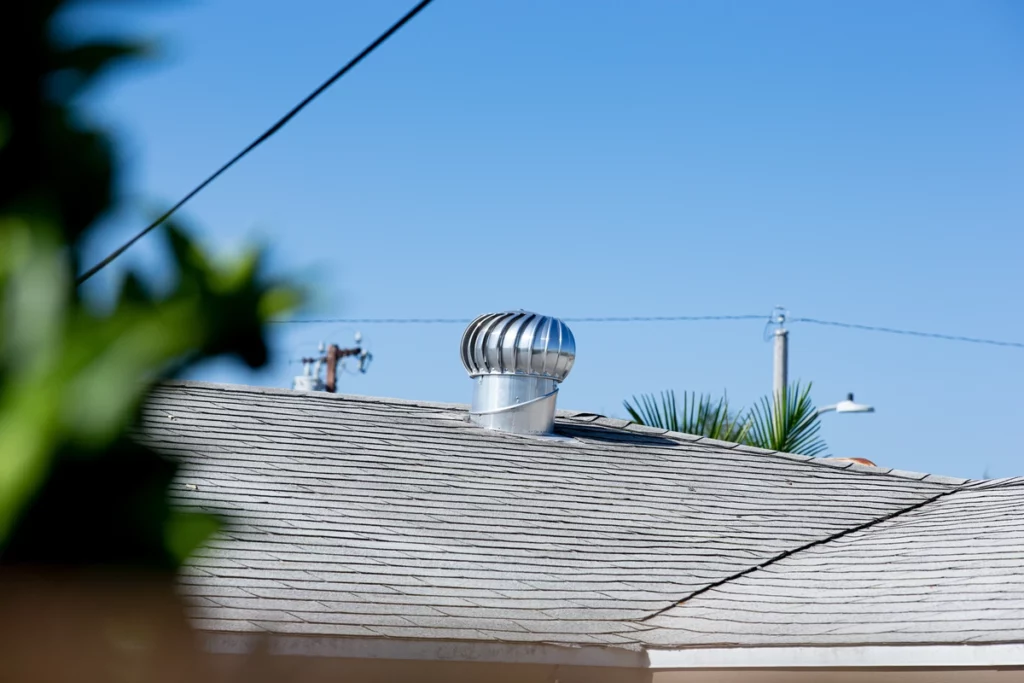
Roof vents are designed to allow airflow throughout your attic or access space. Without proper ventilation, the life of your roof will drastically be cut short as hot or cold air will be trapped — along with humidity. There are two ventilation systems that can be installed, active and passive, with active being the most popular choice. The type of ventilation you’ll need for your roof will depend on a variety of factors, including whether you have an attic or an access space.
Other Roof Terminology
Aside from the above parts of a roof you need to know about, you’ll also likely come across the following terms when speaking with your roofer:
- Rakes and eaves, which are the edges of the roof. Rakes are found at the edge of the roof’s slope, while eaves run horizontally along the gutter line.
- Roof valleys, which occur when two roof facets meet at a slope and form an interior angle to allow water to flow down and off the roof.
- Roof hips, which occur when two roof facets join at a slope, forming an exterior angle.
- The gable, which is a triangular section beneath where two roof facets overhang an exterior wall. Gables are also common ventilation spots.
- Fascia, which is mostly decorative and located below the rakes and eaves. They can also act as a drip edge.
- Soffits, which can be found just below the fascia, where your roof overhangs the walls of your home. This is typically where intake vents are installed.
- Dormers, which are sections of the roof that jut out to form their own small sections of roofing.
There’s Always More to Learn
Terminology aside, there’s plenty to learn about roofs and how they function. This would include how to maintain your roofing system, identify roof damage, how to properly file a homeowners insurance claim, and much more.
If you’d like to learn more about your roof, feel free to browse through the Tidds Roofing blog. Or, you can give us a call to learn more about our roofing services.
